Almost everything you’ve ever heard about suckers is probably wrong.
Not just wrong. Flat-out crazy wrong.
Yeah, I’ve heard all the “facts” about suckers, too. Many times.
They’re dirty. Non-native. A sign of polluted water. Garbage eaters. Egg eaters. Not to mention horrifically ugly.
They compete with native fish, like trout and bass. There are too many. They’re overtaking the waters.
The best thing to do? Catch ‘em and throw ‘em on the bank. You’ll be doing the stream a favor.
No, no, no. Hell no.
I understand the depth of the sucker’s image problem. I do. Even the name – sucker! – suggests the PR challenges that lie ahead.
But I don’t want to just dispel sucker myths here. That’s not enough.
No: I’m suggesting that suckers would serve us well as a new symbol for rethinking fisheries management, water quality, fishing ethics and freshwater conservation.
This isn’t hyberbole. I’m serious. Move over trout. I have seen the future, and it’s for suckers.
Myth Busters: Sucker Edition
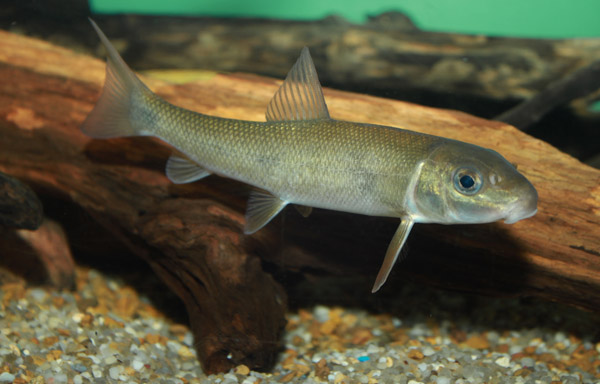
On the President’s Day holiday, I stood on a foot bridge overlooking crystal-clear springs, fishing for largescale suckers.
It was part of my New Year’s resolution to expand my angling horizons – to gain a greater appreciation for other species beyond the usual rainbow and brown trout. I’m a naturalist with a fly rod. Fishing is my means of exploring the underwater realm.
It was a beautiful day to be in the Thousand Springs region of Idaho, enjoying springs protected by The Nature Conservancy. The suckers were highly visible; large fish congregated by the dozens.
But my sucker reverie was soon interrupted. Within minutes two different people approached me to share their sucker knowledge. Like they had a compulsion to do so.
“We call them pike minnows, or carp. They’re invasive.”
Three strikes here.
This highlights a big problem with fish conservation: Most people don’t really know fish. Anglers included.
Aside from some common game species, most are happy to lump everything else together. Like my new friend.
His short comment was filled with error. To boot: Suckers are not pike minnows, native fish with an image problem of their own. (They’re blamed for declining salmon runs, never mind dams).
They definitely aren’t carp, which actually are non-native species. Suckers are not invasive: 78 of the some 80 species in the sucker family, Catostomidae, are found exclusively in North America.
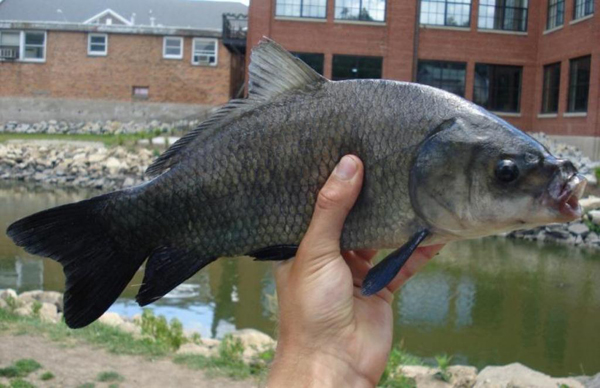
I barely had time to respond when another visitor approached.
“Fishing for suckers, huh? Well, I don’t think you’re going to catch them here. The water’s too clean. They only live in polluted streams. They eat garbage. That’s what I heard.”
OK, let’s think about this carefully for a second:
The. Water. Is. Too. Clean.
Here we must confront the most common of sucker myths: that this is a fish so vile it actually needs our pollution, our sediment, our trash.
And it’s totally, completely, 100 percent wrong. If you think about it, it makes no sense. No fish needs dirty water, after all – not even carp.
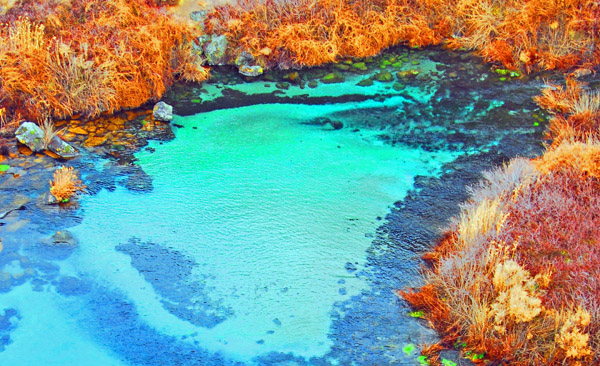
For many sucker species, it’s quite the opposite. They need the purest, cleanest water. They need healthy river habitats. They need free-flowing stream so they can make their spring spawning run – just like other, more celebrated migratory fish.
The sucker, ultimately, is the perfect symbol for healthy rivers and fisheries. So why do the myths persist? The answer lies in angling culture and its own cherished mythology.
The Fishy Truth About Recreational Fishing
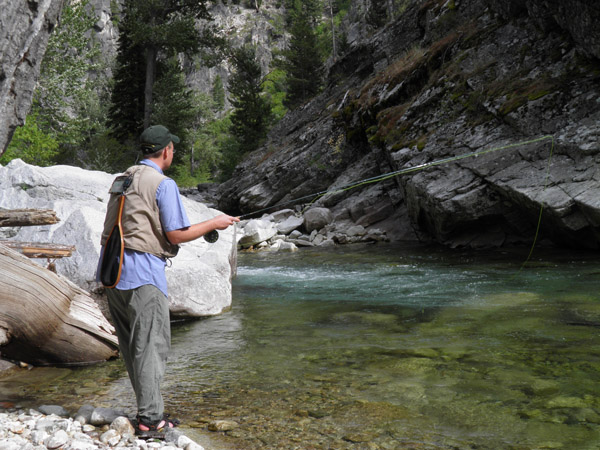
Anglers are fond of their conservation achievements, and rightly so. They point out that they are often the people who know rivers best, and thus are uniquely positioned to defend them. See the fight to protect Bristol Bay for a dramatic illustration of this.
The literature of angling is heavily populated with certain themes: respect for fish, for rivers, for nature.
Sometimes trout fishing can be portrayed as an almost transcendental activity. No clear line between religion and fly fishing and all that.
Many anglers do genuinely love native fish and natural habitats, too. Nonetheless, closer examination of angling history reveals murkier waters.
Recreational anglers have often been the most enthusiastic purveyors of non-native species, spreading the same usual suspects – rainbow and brown trout, largemouth bass, walleye – hither and yon, with no regard for local ecology.
Truth be told, some anglers would rather follow a hatchery truck filled with domestic trout than learn stream ecology.
But more to the point here, there is a long tradition of creating fish villains: any species perceived to feed on precious trout and bass.
Rather than blame dams, pollution and habitat destruction, some anglers seek scapegoats. Like suckers. They accuse suckers of suctioning up trout eggs off the stream bottom and pushing out “beneficial” fish.
And thus, killing suckers becomes moral imperative.
“A Good Slice to the Belly”
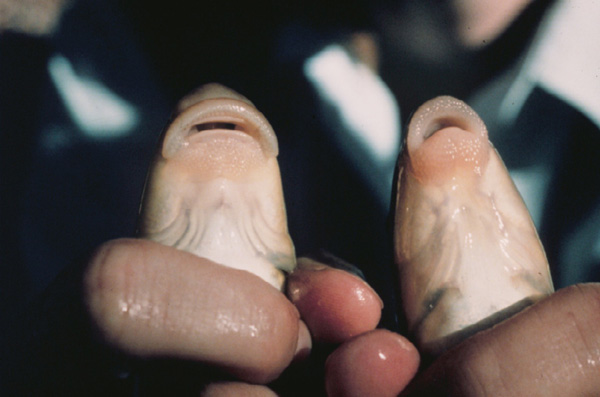
Sadly, this viewpoint still persists. Consider the comments on an Idaho fishing forum concerning what you should do if you catch a sucker:
“Kill and through [sic] back.”
“If you catch them while trying to catch trout of coarse [sic] they are in direct competition with the trout. They eat the same thing. There is only so much food and if the suckers are eating it. Less food for the trout.”
“yeah a good slice to the belly or a few puncture wounds to pop there [sic] air bladder works great for a catch and release on those suckers and carp!!!!”
“I have a close friend who is a biologist… He simply slices open the belly and returns them back to the water. His theory is they will be food for something. And wont [sic] be eating the fish we have come there to catch. Side note….Look at Big Springs in Island Park. Huge suckers in there now…Makes me sick…”
Comments like this make me sick, and not because of the massacre of the English language.
Don’t pass this off as just the online rantings of vigilante anglers. In some lakes, tiger muskies — a hatchery-produced hybrid — are introduced specifically to control suckers. The reason? So hatchery trout don’t have competition.
It suggests that Douglas M. Thompson is correct in his book-length critique of American fishing tradition, The Quest for the Golden Trout: anglers often view their history and conservation tradition through rose-colored glasses.
It doesn’t have to be this way.
Freshwater Pandas???
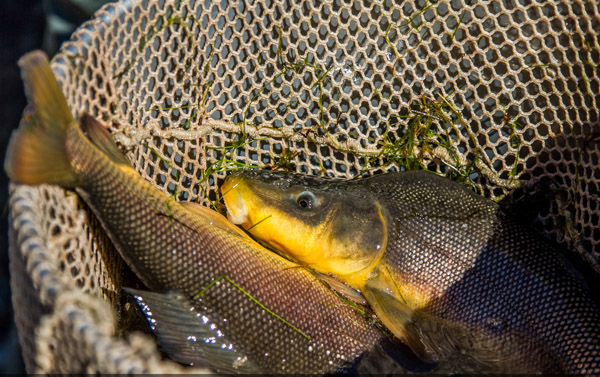
At this point, some readers will invariably identify me, as an avid angler, as part of the problem.
Some think we should just leave wildlife alone, all the time — a comment I receive a lot when writing about interacting with wildlife.
Fair enough. Still, even if you never go fishing, you’re (pardon the pun) not off the hook.
The fishing community has often been antagonistic about suckers, but the non-angling community hasn’t been much better.
There is truth in the idea that protecting something starts with knowing and loving it. We need people defending rivers and freshwater habitats.
Have non-anglers really stood up for suckers and other native fish? Not really.
Look at the materials produced by environmental organizations. How often do you see a sucker, despite the 80 species swimming in clean, wild waters? On the other hand, these groups celebrate trout streams all the time, The Nature Conservancy not excluded.
A general, all-encompassing love of biodiversity is a lofty goal, but the reality is most people gravitate to a few charismatic species. Suckers are not freshwater pandas. But maybe they should be.
I propose that suckers would make good conservation icons: protect their habitat, and you’ve protected a lot of other native river species. Understand their needs, and you’ve gone a long way to understanding the complexity of freshwater ecosystems.
To get there, I believe, we need dedicated conservationists who know and love all river creatures, including suckers.
Am I aiming too high here?
Don’t despair: help is on the way.
The Rough Fish Brigade

There have always been anglers and non-anglers who have seen the bigger picture: who understand fish and habitats and the need for clean rivers.
More and more trout anglers value native fish, and have been working to reintroduce and restore trout species and subspecies across their range. Trout Unlimited is leading the charge.
That’s a great trend. But an often unheralded group of angler-conservationists is taking it farther: celebrating all native fish species.
Calling themselves rough fishers, they go crazy for suckers and species derided by others as “trash fish.” They rightly recognize them as interesting angling quarry, true, but also recognize that these fish need conservation attention.
They rail against misguided fishery policy that treats these species as competitors to “game” fish. They encourage young anglers to respect and protect all fish species.
Web sites like Rough Fish and Ben Cantrell’s Fish Species Blog are on the vanguard of just what intelligent angling can be – an ethic that celebrates freshwater biodiversity in all its forms.
And this ethic isn’t just for anglers. Enthusiastic, self-described “fish nerds” look to excite students and others about the weird and wild world of freshwater fish. They see fish as exciting creatures in their own right, not just as quarry.
Exhibit A: Solomon David, a post-doctoral researcher with the Shedd Aquarium. David practically bursts with enthusiasm as he spreads the word on native fish through videos, blogs, tweets and fish puns.
He specializes in gar, primitive fish similarly convicted of crimes they didn’t commit.
But his ethos works for all freshwater species. He is igniting the interest in kids by understanding a vital fact. Fish like suckers and gar are the kinds of wild critters that inherently capture our interest. We have to be taught to revile them, just as we have to be taught to revere trout and bass.
Our opinions on fish are cultural artifacts, not based on any scientific reality.
Take off the blinders, and we see that suckers and gar as the freakishly cool fish they really are. We appreciate them as fascinating wildlife, worthy of our attention and respect.
And then: we begin to realize that we have been falling for tired myth and fishy prejudice for far too long. That we have too easily ignored our rivers and their full diversity of critters. We have met the real sucker in this story, and it is us.
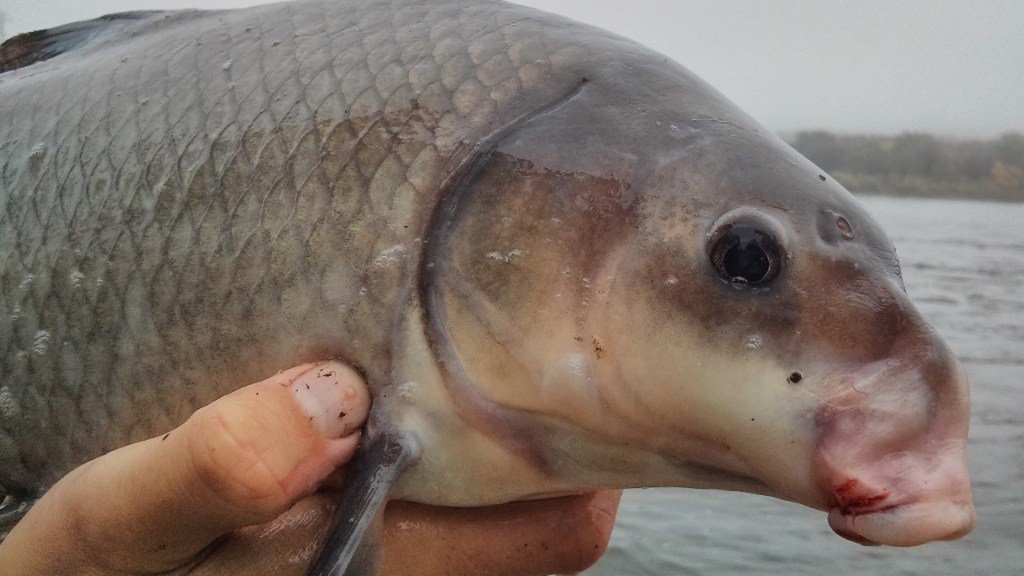



hello! i am just wondering why this species is everywhere. where i fish there is so many white suckers that ill even hook one on the side sometimes wile fishing for something else. where i live there is mountain white fish, trout and pike but i have been seeing less and less every year and a growing population of suckers where i live??!!
i just want to know if i should be worried or not and if i can do something about it?
do the pike eat them?
im in alberta calgary btw
what a great article! finally someone else who appreciates these awesome fish and gives them their due! very well written article. I personally love fishing for suckers here in Oregon on the Columbia river and also found that they are great eating as well, mild white meat that fries or smokes up good. just have to know how to fillet and score them to cutbthe bones that will then crystallize when fried.
Back in the early and mid-60s, my father took us kids to Idaho and Montana to do some river fishing. I vividly remember trout fishing below in a channel below some dam. We often caught suckers, and we always threw them up on the bank. I didn’t really understand why we hated these fish so much, but I knew they weren’t trout, so I went along with the carnage. Decades later I learned that some of the suckers were endangered, and it seemed likely that I had thrown many of the endangered species up on the bank to die horribly.
We also went up the the Desolation Sound in Canada, and caught scads of chinook and coho salmon, which we smoked or froze and brought home, along with tons of quill back rock fish, all of which are endangered now.
I don’t fish as much as I used to, anymore, and I catch and release all but the fish that are gut hooked or otherwise unlikely to survive. I have no current plans to ever fish again.
There are several species of sucker native to California and for the most part, they prefer clear, cold streams and rivers. The squawfish – pike minnow – also prefers cold, clear streams and rivers though it can tolerate water that trout might avoid. Notably, though, Lake Tahoe is home to the Lahontan sucker which not only lives in the clearest water but is attractively colored with a red stripe on its side.
It so happens that the lake trout or mackinaw was introduced to Lake Tahoe and should be considered invasive as it wiped out the native cutthroat trout. Ironically, the mackinaw in Lake Tahoe feed heavily on the Lahontan sucker along with the tui chub, riffle sculpin, and redside minnows – all of which are routinely denigrated by anglers. But those “junk” fish feed the prized mackinaw.
Interesting article!
Idaho Department of Fish and Game recently launched a catch-and-release state record fish program. A Largescale Sucker was one of the first fish to be awarded this year. The record book is still wide open for a lot of native fish species!
http://fishandgame.idaho.gov/public/media/viewNewsRelease.cfm?newsID=8005
http://fishandgame.idaho.gov/public/fish/?getPage=82
Thanks Matt for your artful myth-busting and education in the guise of entertaining reading. In Maine I look forward to some of the white sucker’s massive upstream migration in the spring time – sometimes so thick it can be hard to paddle your way downstream without riding over their backs or swiping them with your oar. Your story also speaks to the power of the rumor mill and how we should take the time the responsibility to shed light when our native species are being demonized. Maybe next will be about NATIVE sea lamprey runs – another amazing ecosystem engineer that’s helping restore and jump-start rivers coming to life in the Eastern U.S.
You made a bunch of words but said very little, I kept waiting for the “truth” about the suckers, but there was no facts and how the facts were arrived at. Seems to me if you want to fix a problem then clearly define the true facts, and how you know there facts and not someone else’s opinion.
The article was written like a politician’s speech long but not much to it.
As an Ambassador for the World Fishing Network, I wrote an article on this topic early in the spring.
I am thrilled to see another angler/naturalist taking up their cause.
worldfishingnetwork.com/springfishingforthehumblesucker
Matt,
This is absolutely the best essay I’ve ever seen about non-game fish species. Congratulations on doing your part to educate the public and present these fish in an accurate and complete context.
State fish managers need to revisit fishing regulations and re-classify these species. There’s no reason why regulations should continue to permit them to be killed in the large numbers they are. The rampant and unnecessary slaughter of so many so called “rough species” is driven by ignorance and is the antithesis of conservation. It’s sad that anglers, who spend so much time in the outdoors, are often the most under educated in this area. Again, brilliant work Matt.
Eric Engbretson
http://www.underwaterfishphotos.com
I recall a number of years ago catching a Pikeminnow on the upper St Joe River. I was mortified! Made a point of emailing the fisheries biologist about this terrible “invasive” fish.
Needless to say, I was re-educated! Now I have a better understanding of what constitutes a more natural ecosystem and am happy to share with all who will listen.
The closeup
image makes it seem like that fish has only one nostril. Is this possible?